
OR
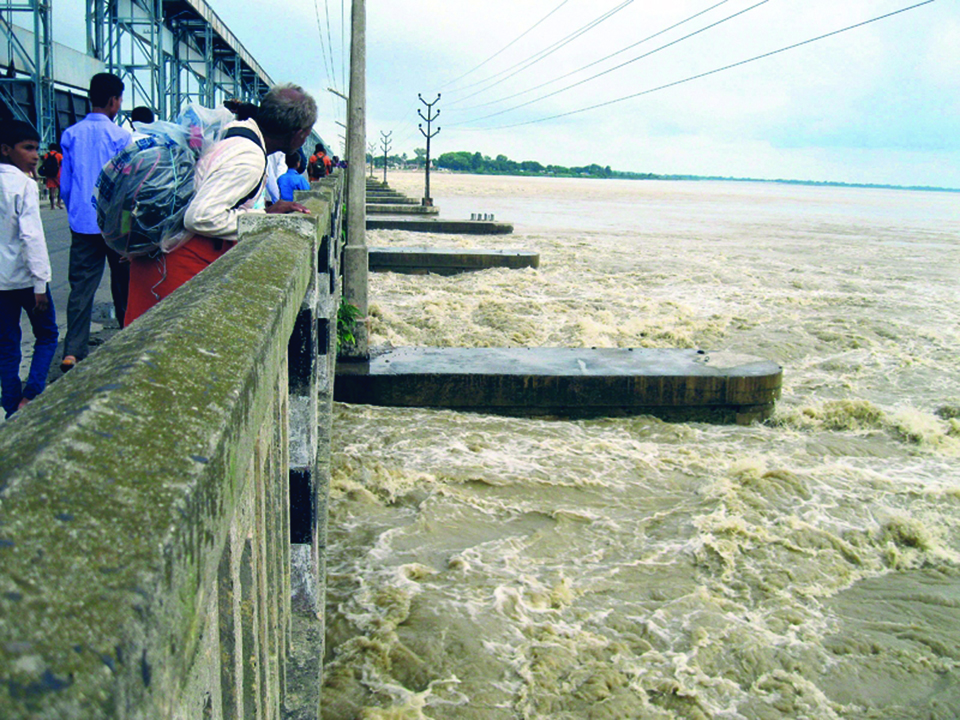

Dr Mahesh K Maskey
The author, former Ambassador of Nepal to China, is also a former Vice President of International Physicians for Prevention of Nuclear Warnews@myrepublica.com
It is often said Koshi was ‘gifted’ by King Mahendra and Matrika Koirala to curry India’s favor for monarchy. If so, why should Nepal abide by the agreement when monarchy has been abolished?
Recently, I had the privilege of listening to Indian Ambassador to Nepal Manjeev Singh Puri who coursed a journey of 70 years of India’s diplomatic relation with Nepal within a time span of one hour. His charismatic presentation captivated the audience, with frequent bursts of laughter. He did not fail to revisit the deep cultural and religious bond between our two countries with the highlights of all major projects materialized in these seven decades of bilateral cooperation. The audience, like me, must have felt enlightened and updated about Indo-Nepal relations, albeit with some reservations.
The timing of this event organized by Puspalal Memorial Center has, inadvertently perhaps, coincided with the time when Nepal is suffering tremendously from deaths and diseases caused by the flood around Koshi Barrage and many other dams constructed along Indo-Nepal border areas. The extensive stretches of causeways built additionally in Indian side of the border bring pain, fear and tragedy every monsoon. These causeways are barriers to the flow of water into the Indian territories and create water-logging in Nepal’s side. Nepal’s parliamentary sub-committee has already instructed the government to find a diplomatic solution to causeways and flood. And media is full of stories that meeting India-Nepal Joint Commission on Water Resources (JCWR) organized six months ago after a hiatus of five years failed to make a breakthrough in dealing with perpetual problem of flood as many of the proposals put forward by Nepali side were not accepted by India.
In this context, it was not unusual to expect some thoughts from the learned speakers about flood situation. After Ambassador Puri, Minister of Foreign Affairs Pradeep Gyawali and former Prime Minister Madhav Kumar Nepal spoke. They were talking in front of people who were influential opinion makers of Nepal. It was a good opportunity for representative figures of both India and Nepal to share about the topic that was troubling the whole nation. But the concern was glossed over by all the speakers hinting only at ‘some controversial issues’ that need to be sorted out, even though Nepali leaders had just come back after visiting the affected areas.
One can’t agree more with Puri about the good side of India-Nepal cooperation, and about our cultural and religious ties that bind us since the time immemorial. But living in Nepal he must have sensed the grudge of common Nepali people against India, not to talk of more knowledgeable ones. Is not it high time to understand this paradox? Why are Nepali people at large unhappy with or not excited about India in spite of all the good things he recounted in his talk?
On the other hand, given Nepal’s aspiration to play a pivotal role in trilateral cooperation with India and China, Nepal government cannot escape the responsibility of ironing out ‘controversial issues’ with India. If Nepal cannot demonstrate diplomatic acumen to deal with issues in bilateral relations with India, it is futile to harbor ambition of facilitating trilateral cooperation. Common problems demand common solutions. Courage to engage in frank and open dialogue with India in the spirit of deepening friendship is the need of the hour for the ‘strong and stable’ government of Nepal.
Source of sorrow
Numerous issues are on the table, but I will take just one: Koshi Agreement. Seen in positive light, it was a shining example of cooperation between India and Nepal where more than one million people of both Nepal and India toiled hard to build the barrage and embankment with bare hands. But the term and conditions of agreement and its management has turned it into a flag sign of an “unequal agreement” and “dominance-dependence” relationship. Koshi Agreement is the prime example of how India-Nepal cooperation on river system can turn malign.
It was no secret that the barrage’s primary purpose was to protect Bihar villages from flood. Koshi at that time was called “the sorrow of Bihar.” After 65 years, Koshi Agreement has succeeded in making this river “the sorrow of Nepal” too. It has also become a symbol of national shame and an affront to sovereignty for fiercely independent-minded Nepali people.
The agreement has given India the right to operate and use Koshi water reservoir for a mind-boggling period of 199 years while the functional life of the barrage itself is said to be 50 years, in return to its investment in the project. Many opine that Koshi was ‘gifted’ by King Mahendra and Matrika Prasad Koirala to curry favor for a rule of absolute monarchy which materialized a few years later by the coup of 1960. If so, why should Nepal keep abiding by this agreement even after the monarchy has been overthrown, if it does not benefit the interest of Nepal? If it benefits Nepal, the government should explain how. All leaders of the ruling communist party, without exception, had raised voice against Koshi Agreement to boost political capital in their formative years. Now they are keeping mum when opportunity knocks at door to find and act on its sustainable resolution.
Koshi Barrage was a multipurpose project designed to control flood, generate electricity and use reservoir water for irrigation. It may have succeeded to some extent in Bihar flood control but submerged a large swath of land in Nepal. Inundation or leaking from embankments is the cause of flood in almost every monsoon. The electricity share of Nepal is about six megawatt (50 percent) and 60,000 acres of land of Nepal is irrigated from this project. Now compare this with India: 2.4 million acres of land are irrigated by Koshi waters (a ratio of 40:1). The operation and maintenance of the Barrage and embankment lie in the hands of India. Experts in both sides of the border are convinced that it is not so much monsoon that is giving rise to flood, but the massive deposits of silt raising the level of water of the reservoir. It has reduced the water holding capacity (900,000 cusec) of the reservoir by half.
It should be remembered that Koshi is like Huang He (Yellow River) of China and Mississippi of America, which are notorious for silt deposits. The construction of barrage and embankment had caused frequent massive floods in Yellow River and Mississippi in their long history. In view of these experiences, it is said that the discussion went on in British India for hundreds of years as to whether or not barrage and embankment should be built on. The potential danger of silt deposits was an open secret. It was the reason why Koshi changed course often, and its massive deposits could not only erode embankments but ultimately put pressure on the barrage increasing the danger of bursting open of damaged dams. View expressed in Patna Dialogue that took place in August 2018 by experts and activists of India and Nepal is worth quoting here: “ Project [...] was aimed at flood control, but it has failed to do so. The project areas—in Bihar and Nepal—have not seen any economic surge in the last six decades. To the contrary, by fencing a dynamic river system the Project has transformed a very fertile region into a watery prison for a more than million people.”
Defusing water bombs
In Kerala state of India ‘dam bursting’ due to neglected maintenance and accidents have earned nicknames of ‘water bombs.’ Could Koshi Barrage, which has crossed its functional age of 50 years, accidently turn out to be another ‘water bomb’? There does not seem to be serious effort to prevent such disaster, to remove the silt, maintain embankment, and prevent flooding even in this advanced age of technology. Contrary to prevailing notion, Home Minister Ram Bahadur Thapa has on record said that the maintenance of Koshi embankment is responsibility of Nepal, which if properly done, could control flood. If it is so, Nepal should be held accountable for bad maintenance of Koshi embankments. If it is not, Minister Thapa should be held accountable for what he had said during his recent visit in flood affected area.
It is also obvious that India’s main interest is not generation of electricity but to ensure fresh water for drinking and irrigating India’s agricultural land apart from flood control. India is destined to face acute water shortages in near future, and has already started to feel the bite. Nepal is the only country which can come to help India in this crisis. Should not India also take a step toward exploring dignified solution that benefits both countries rather than exercising its unilateral interest at the cost of Nepal? The choice is either perpetuation of conflict with Nepal over water resources or entering into win-win cooperation.
All these years, Nepal has patiently endured suffering in the name of friendship and cultural ties with India. Now politicians, experts and bureaucrats, from both sides of the border, should come up with viable solution for mutual benefit, before it is too late, not only on Koshi Barrage but also on cooperation regarding vast water resources of Nepal whose first beneficiary is India. But judging from the delay and outcome of JCWR meeting, the mysterious holdup in submission of Eminent Persons’ Group (EPG) report, and ambassador Nilamber Acharya’s wearisome waiting for an opportunity to meet with newly appointed foreign minister S Jaishankar, the picture does not look very optimistic.
It is to be seen whether the bubbling enthusiasm of Ambassador Puri could be of some assistance in saving Indo-Nepal relations from inundations of diplomatic apathy.
The author is former Ambassador
of Nepal to China
You May Like This
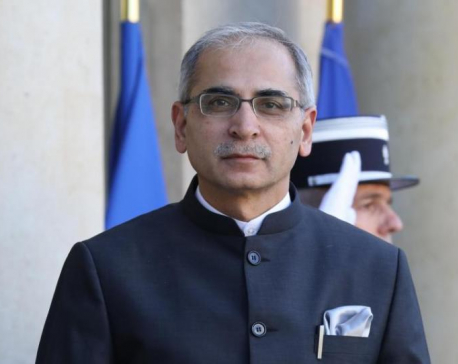
Indian ambassador congratulates newly-appointed PM Deuba
KATHMANDU, July 14: Ambassador of India to Nepal, Vinay Mohan Kwatra has congratulated Prime Minister Sher Bahadur Deuba. The Indian... Read More...

Kerala Food Festival at Soaltee Crowne Plaza
KATHMANDU, March 14: The Kerala Food Festival, which is being organized at Soaltee Crowne Plaza, is attracting foodies in drove. The... Read More...
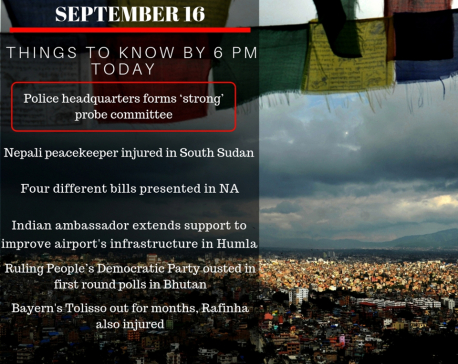
Sept 16: 6 things to know by 6 PM today
Your daily dose of missed important news of the day. ... Read More...


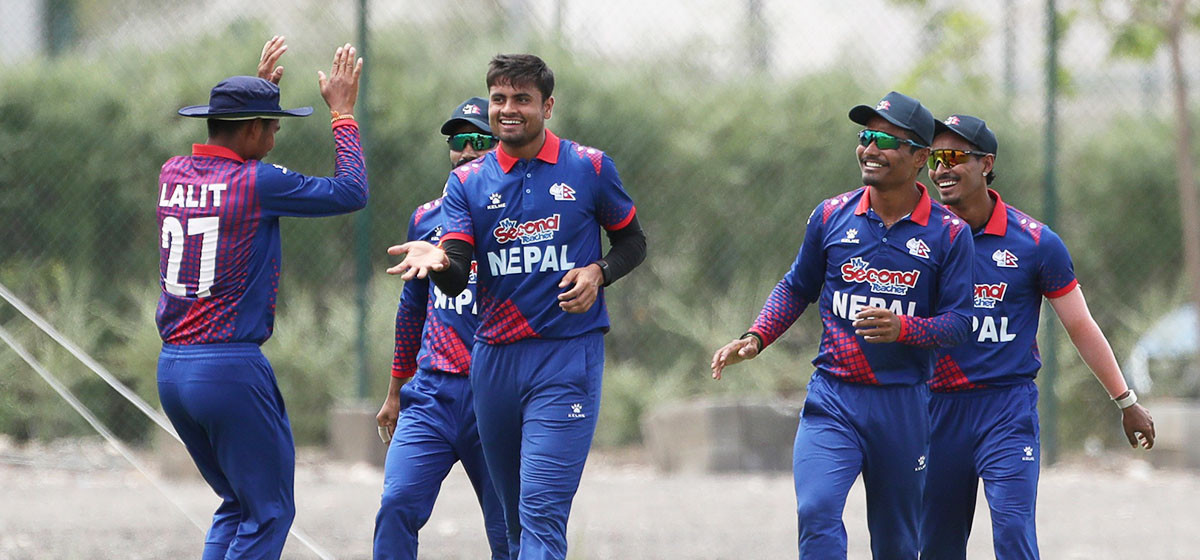

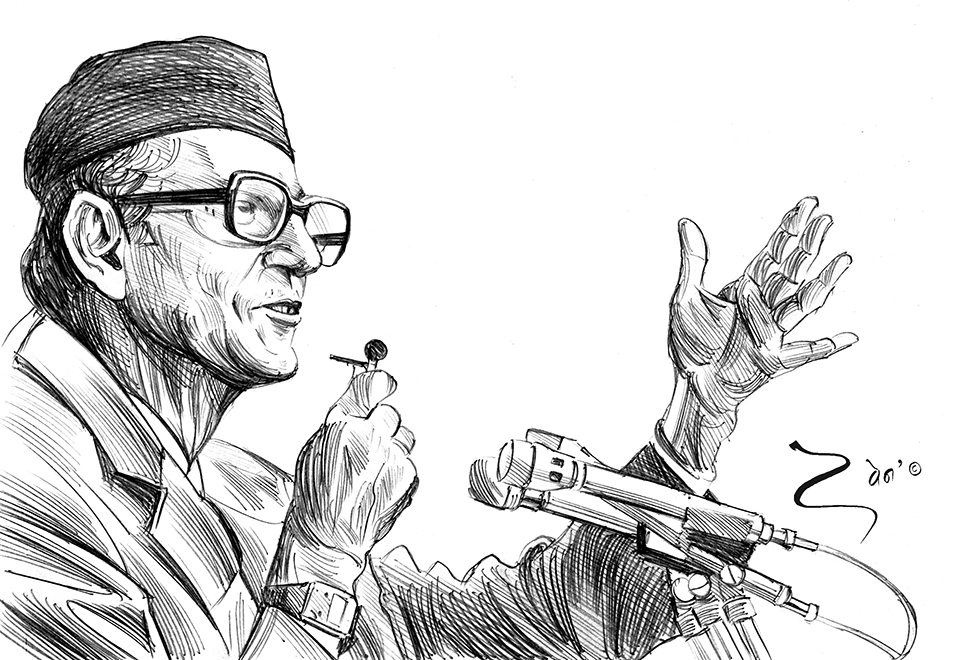


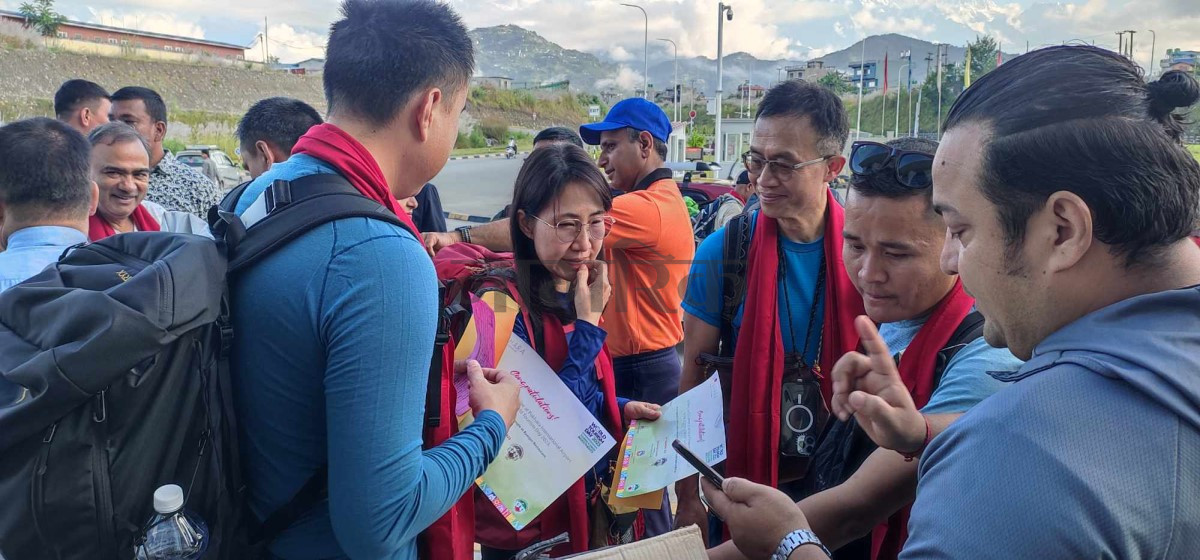
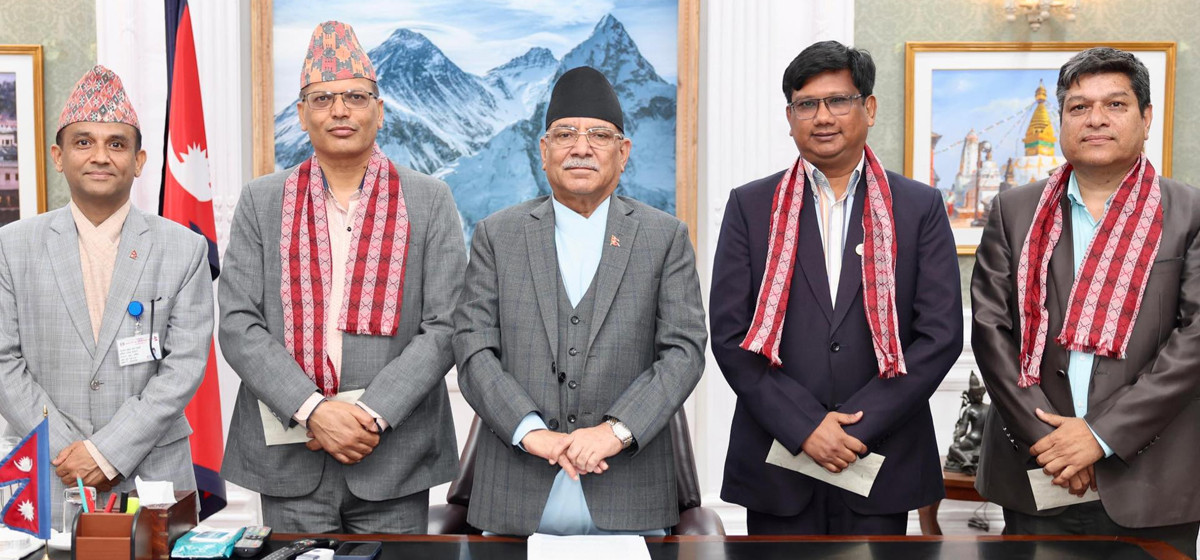
Just In
- Govt urges ISPs to settle outstanding tax liabilities amid internet service disruptions
- Cases of banking fraud up in Nawalparasi
- IGP Kunwar holds meeting with Indonesian National Police Chief Murti
- Nepal faces severe disruptions in internet service after ISPs fail to pay the Indian vendor
- Innovation Fund will be set up for IT sector expansion: PM
- NEPSE loses 7.31 points, daily turnover slides down to Rs 4.13 billion
- President Paudel summons budget session on May 10
- Over 100,000 tourists visit Nepal monthly on average



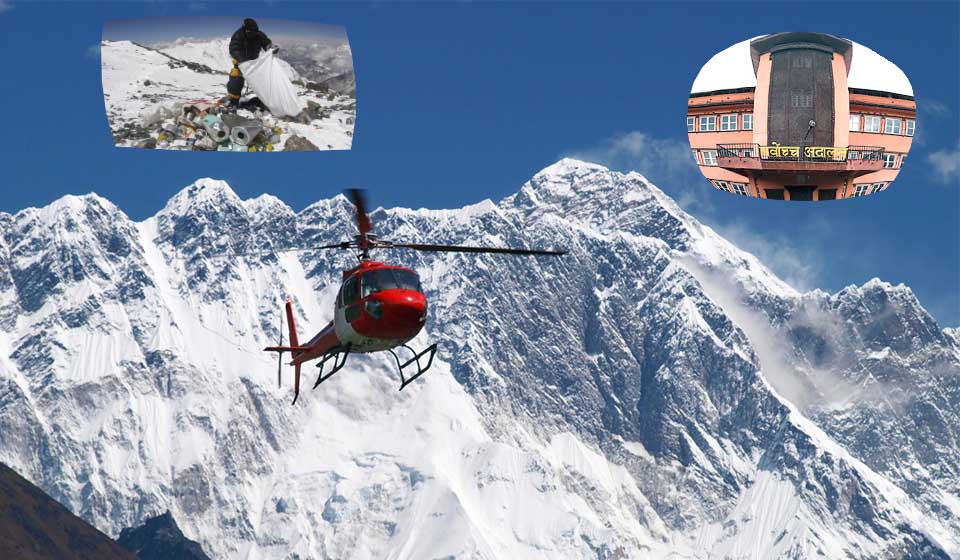
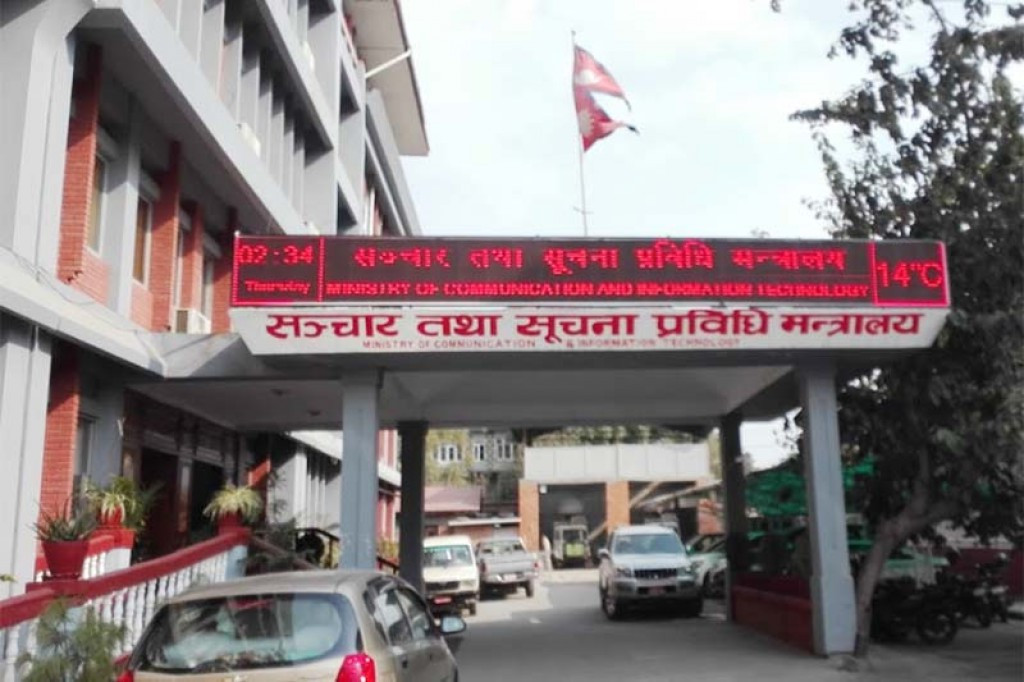

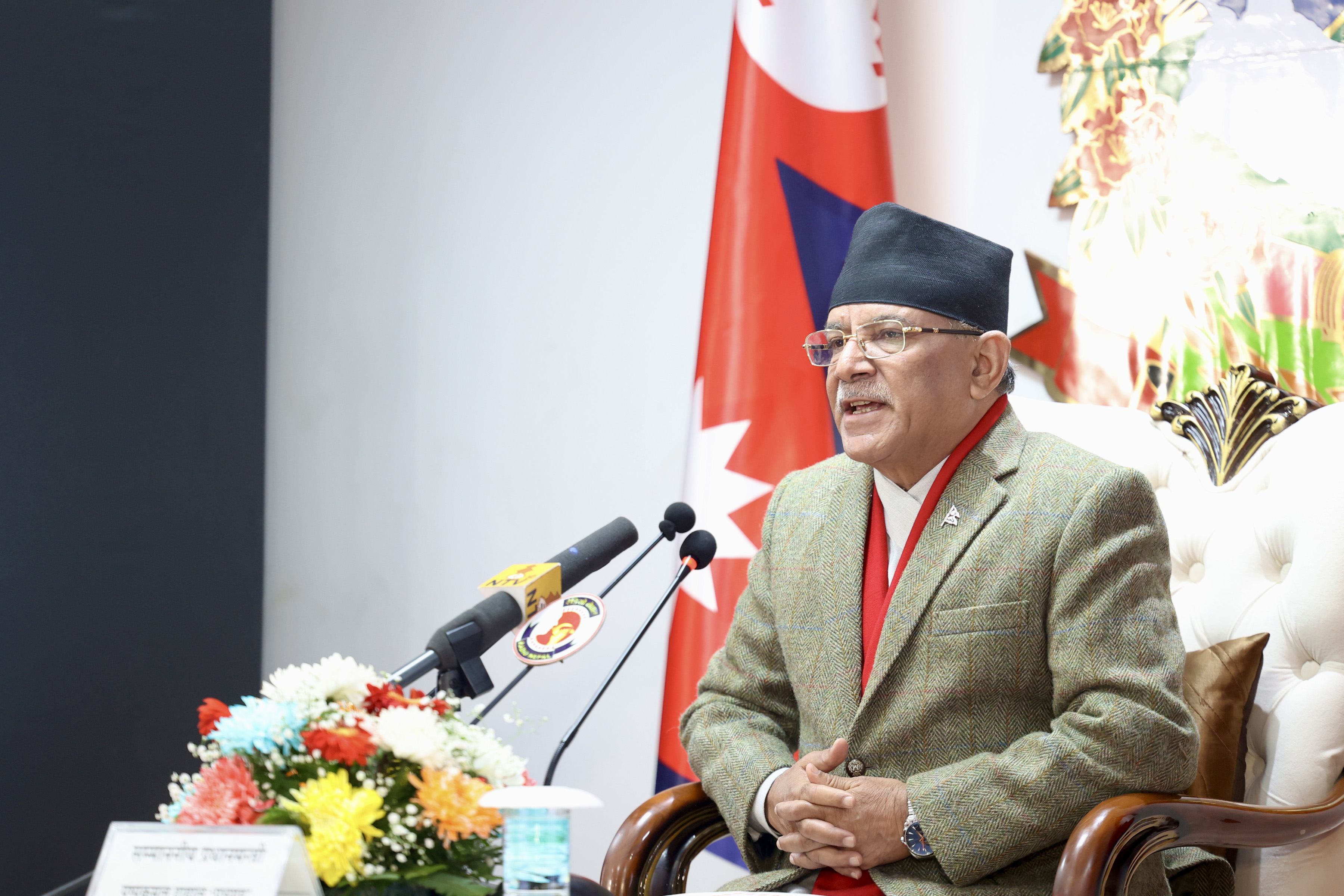

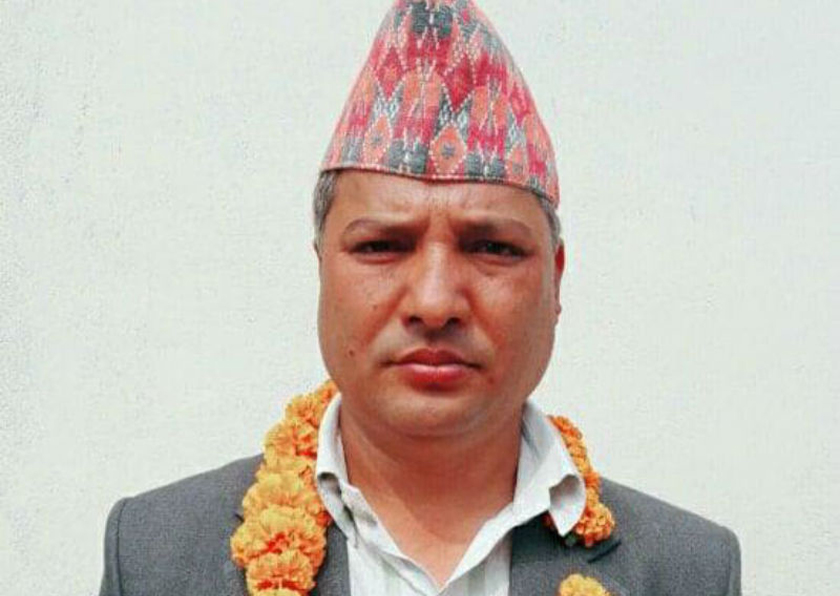

Leave A Comment